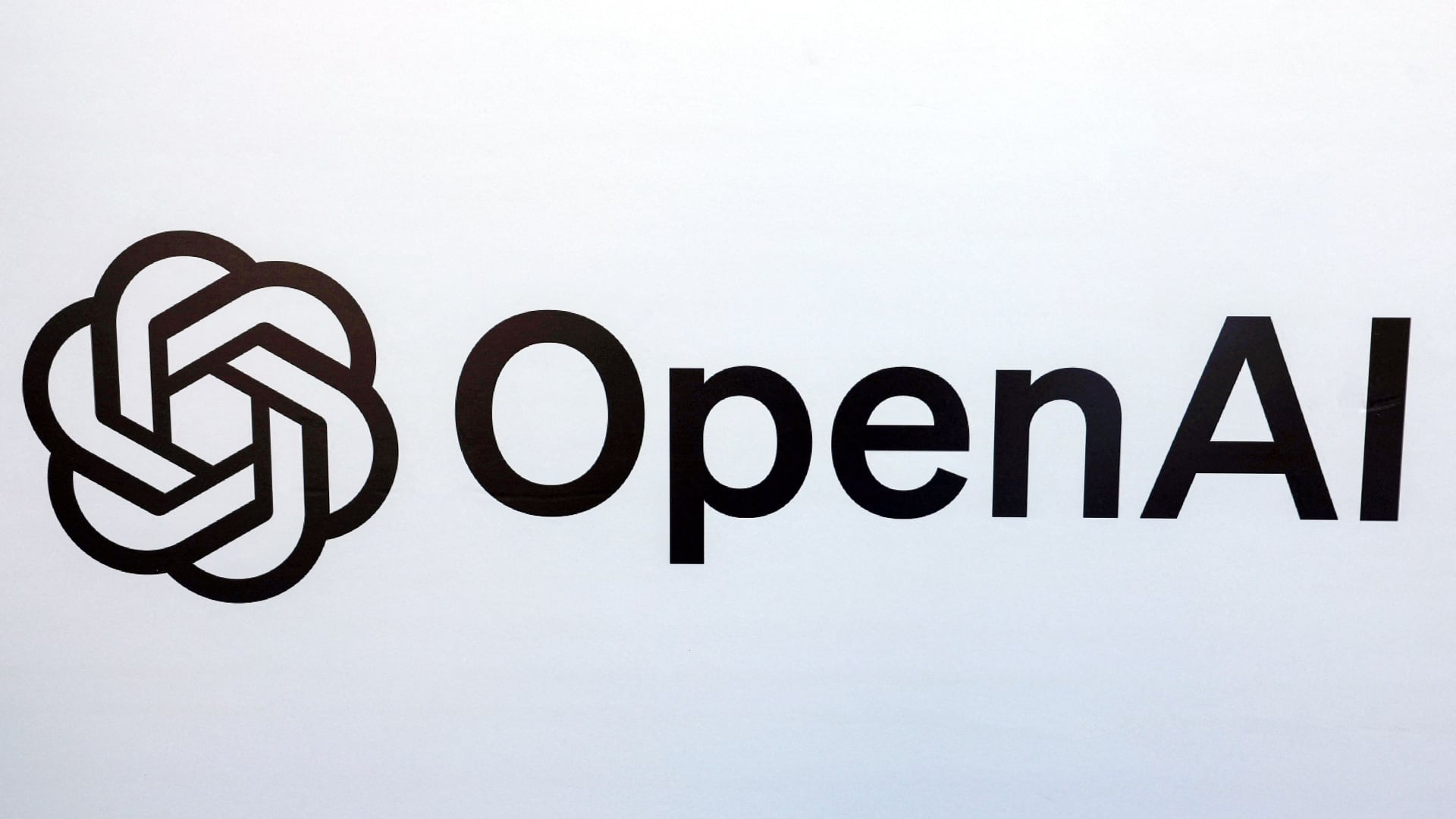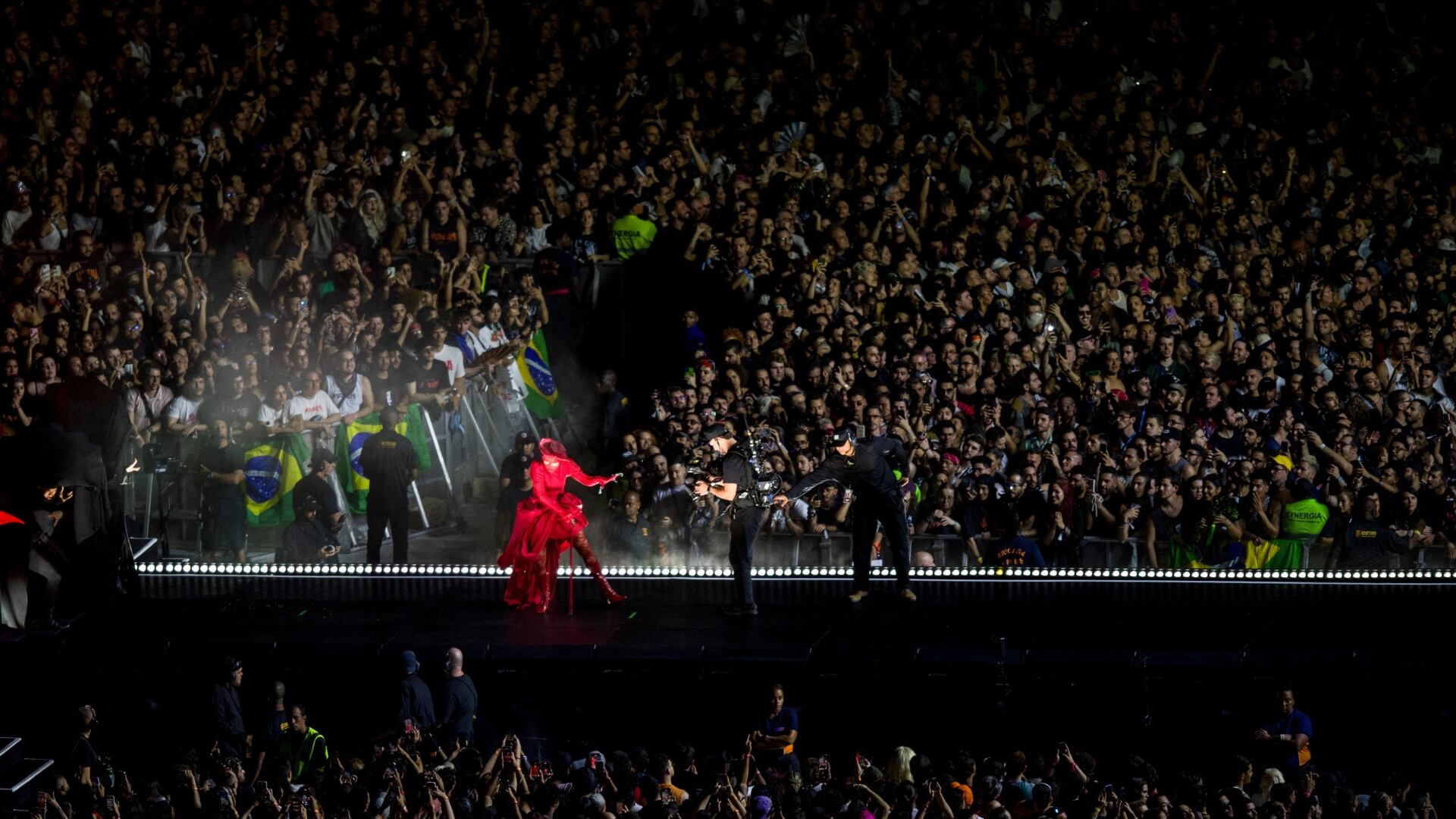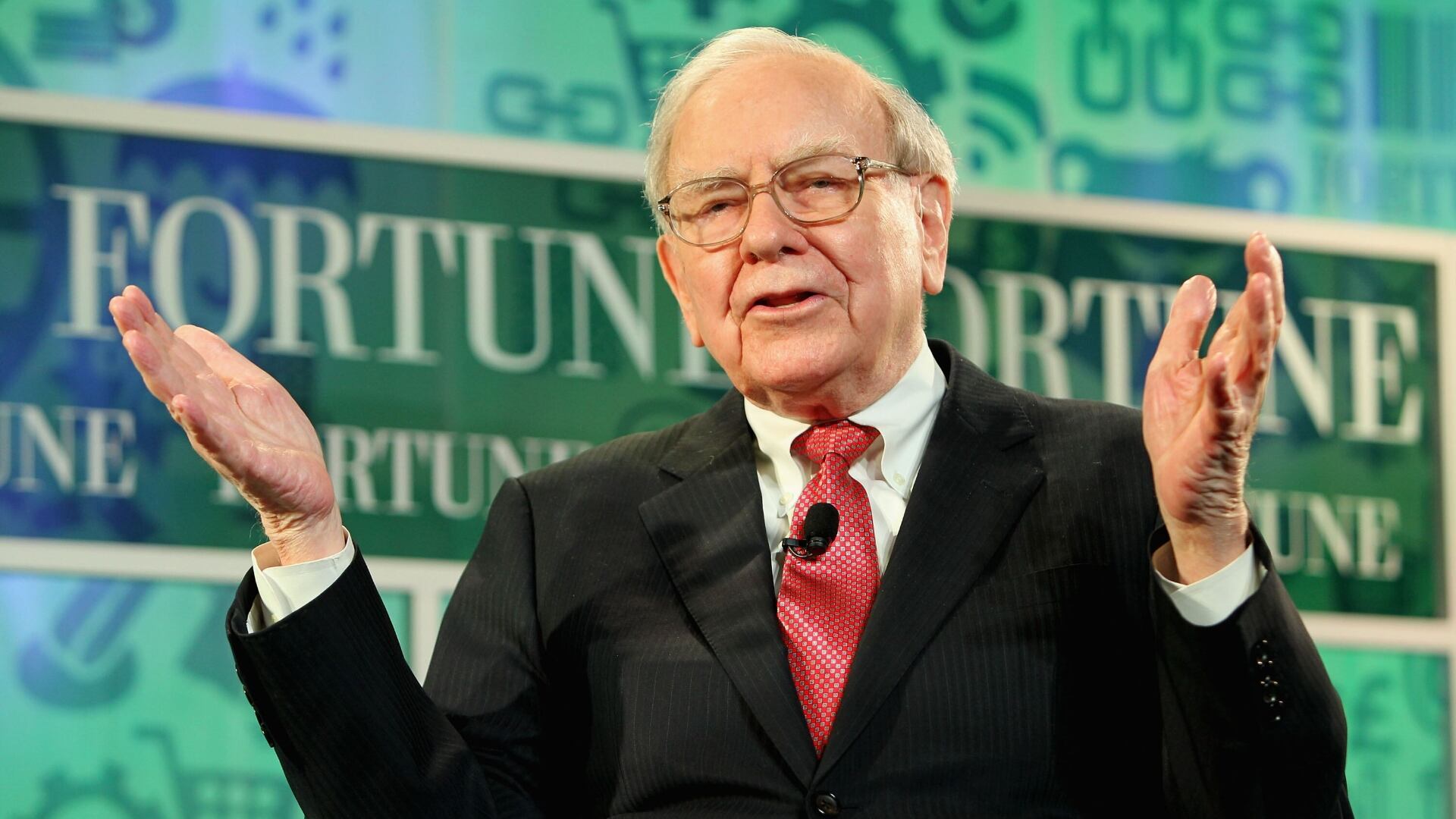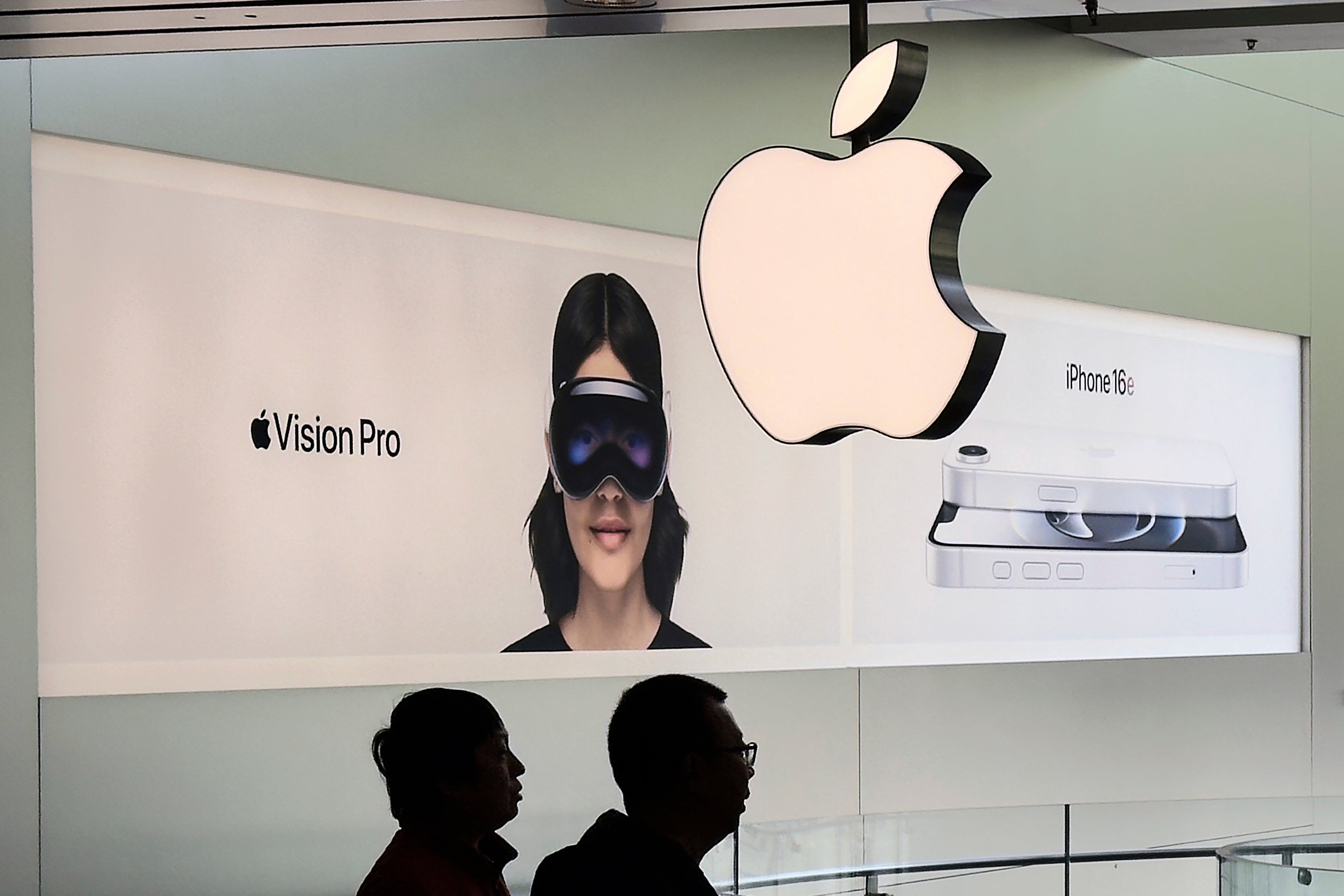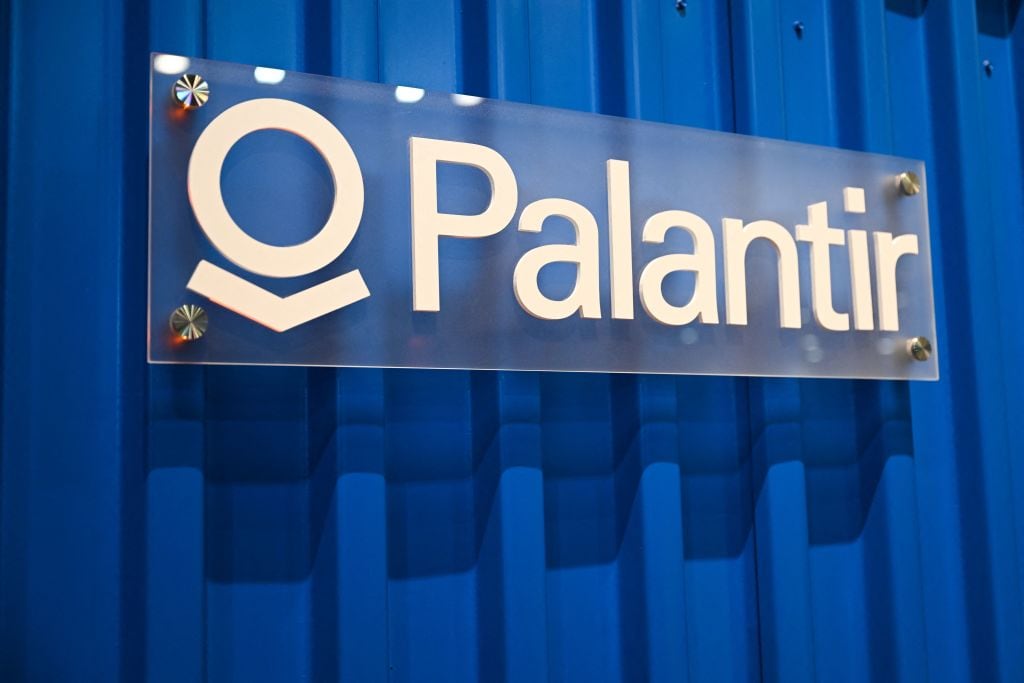Microsoft announced last week that 32 million people were using Teams daily.
On Thursday the company said this number had grown to 44 million globally.
The new figure was driven by the increased number of people working from home as the spread of the coronavirus accelerated. The company had also, as of the first week of March, started to offer a six-month free trial to businesses and schools in the wake of the growing pandemic. As of November 2019, the company reported 20 million daily active users. Microsoft says it doesn't break out how many of the 44 million are paid versus free.
“COVID-19 has impacted the lives of people around the world. We believe it will be a turning point for the way people will work and learn,” Jared Spataro, corporate vice president of Microsoft 365, said in a statement. “We've seen usage spikes in markets most impacted by COVID-19 … The last seven days, however, have shown the sheer unprecedented nature of the global demand.”
Companies have increasingly relied on remote collaboration platforms to stay connected, and large companies likely more so.
According to Microsoft, the tech giant now has 20 customers with over 100,000 users compared to 14 just a week ago.
Here in the U.S. approximately 28 percent of those surveyed by YouGov for Cheddar say they are now working from home. But with the increased usage also comes a strain on platforms. Several major outages were reported at the beginning of this week with Teams, along with video conferencing platform Zoom.
Thursday’s milestone also falls on what the company is calling the third anniversary of the product, which began as a chat-based service within Office 365 in late 2016.
Since the original announcement, Microsoft Teams has been compared directly to Slack, given the two platforms look similar and function similarly. But with the outbreak of the novel coronavirus, Microsoft Teams is now almost four times the size of Slack.
The maker of Windows and Xbox announced Thursday that its workplace collaboration platform Teams now has 44 million daily active users. As of October 2019, competitor Slack said it had more than 12 million daily active users.
Slack, which reported earnings last Thursday, ended its fiscal year with 110,000 paid customers, 893 of which spent more than $100,000 a year. The company’s total revenue reached $182 million, up 49 percent year-over-year.
Shares of Slack were $21.01 at the market's close, and down about 9 percent so far this year.
Microsoft shares were at $142.71 at the end of the day, and down 11 percent year-to-date. The S&P is down more than 25 percent since January.

